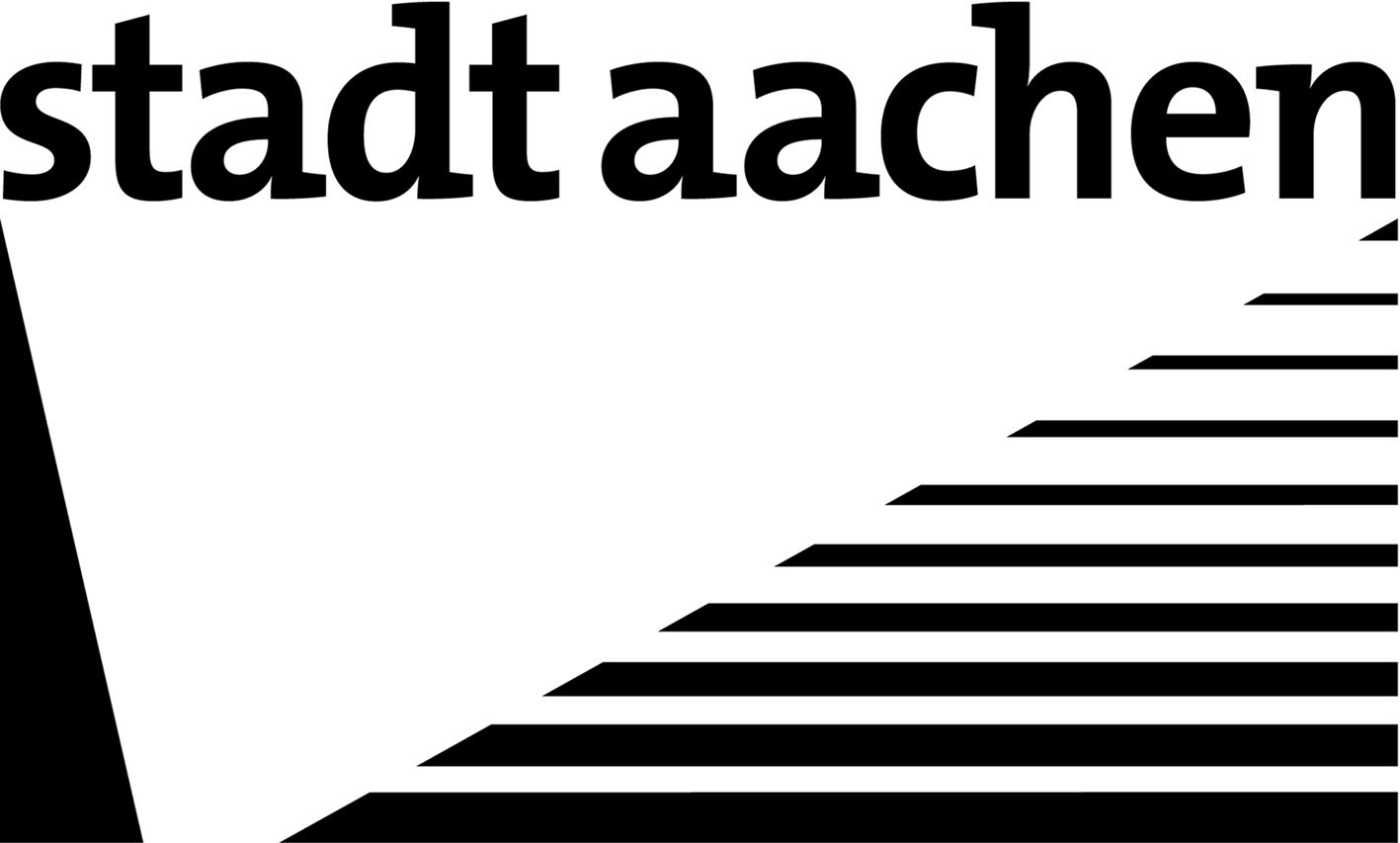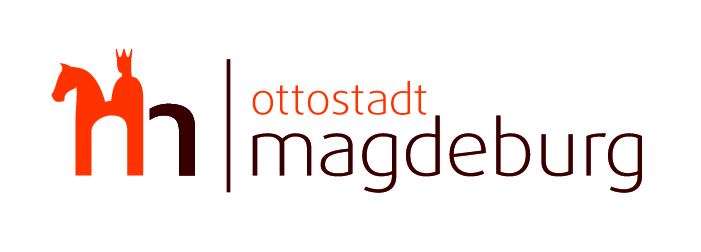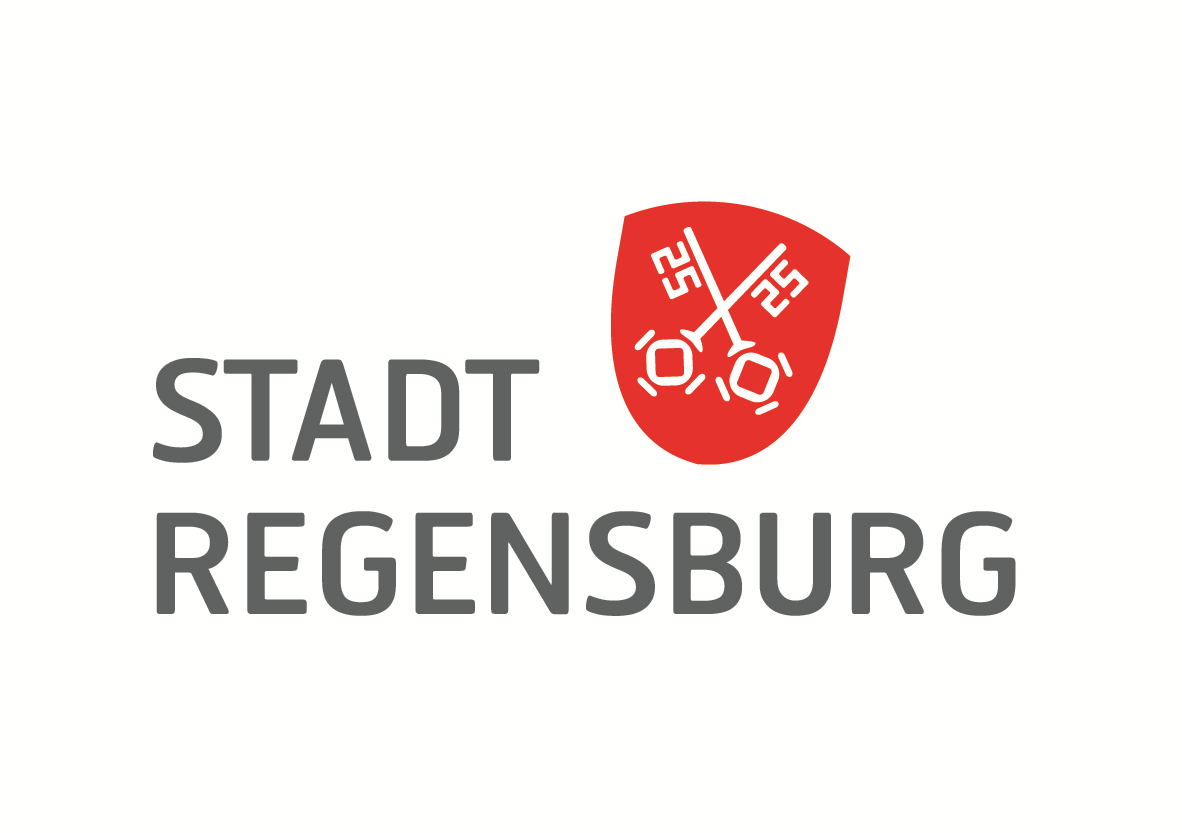Coachingteilnehmer

The City of Aachen’s administration views the BlueGreen City Coaching as a welcome and structured form of support to advance necessary developments in a targeted and integrated manner, in light of the politically and legally defined goals for a future-oriented transformation of the city. Our objective is to establish permanent interdisciplinary structures and to develop viable solutions for joint investments, their financing, and the long-term maintenance of Blue Green Infrastructure (BGI), such as for multifunctional land uses-
Key challenges include integrated planning in urban areas particularly affected by heavy rainfall and heat, early coordination of underground space uses, and the systematic implementation of multifunctional blue-green spaces — even within the city’s historic district under heritage protection. Additionally, we aim to establish coordinated communication with private property owners, investors, architects, engineers, and other urban stakeholders to jointly address heavy rainfall and flood prevention, and to make rainwater usable locally.
A central goal is the firm anchoring of BGI as a planning and solution approach in all relevant planning, construction, and renovation processes. This requires a shared understanding, clear commitment, and assumption of responsibility from the outset — as well as empowering our staff to independently develop Blue Green City topics further. Trust in the administration, politics, and civil society, along with appropriate formats for exchange with the public, experts, and stakeholders, are crucial for us.
We expect the coaching to provide impulses for practical technical, organizational, and communication solutions, which we can test collaboratively, as well as to strengthen network-building — both within Aachen and with other municipalities and experienced partners.
Contact person
Dr. Silke Roder
Abteilungsleitung Tiefbau
Fachbereich Mobilität und Verkehr der Stadt Aachen
Lagerhausstr. 20
52078 Aachen
Tel.: 0241-432 68500

The effects of the climate crisis are becoming very evident in Braunschweig. There have been several heavy rainfall events, some of which caused significant property damage. For example, on June 22, 2023, large parts of the city experienced a severe downpour, with over 80 liters of rainfall per square meter within one hour. The fire department reported that it had not witnessed such a storm in the past 30 years. Within a very short time, basements, streets, and underground garages were flooded. On the other hand, heat and drought are increasingly affecting the city, agriculture, and green spaces.
Within the framework of its Integrated Urban Development Concept and the COABS project, Braunschweig has made a clear commitment: the city aims to adapt to more frequent extreme weather events, reduce urban heat stress in heat island areas through integrated planning approaches, and pave the way for more Blue-Green(-Grey) Infrastructure, or sponge city development.
By networking with other cities, a broad spectrum of practical solutions can be developed.
However, the current administrative structure is not yet designed to handle such complex, interdisciplinary tasks like the establishment of Blue-Green Infrastructure. At present, individual organizational units implement pilot projects and conceptual plans. Cross-departmental working groups with decision-making authority are lacking. When assessing the costs of Blue-Green measures, the focus is often on short-term implementation, as long-term savings are difficult to demonstrate and communicate. In addition, legal questions must be clarified and statutory amendments reviewed.
We hope the coaching will provide an initial boost. Blue-Green approaches must become part of everyday practice, not just showcase projects. If the coaching can help answer structural questions — such as possible responsibility arrangements, funding options, legally secure scopes of action, and more — then large-scale implementation of Blue-Green measures will become attainable.
Contact person
City of Braunschweig,
Department FB 61, Division for Green and Open Space PlanningContact: Ms. Melanie Huk melanie.huk@braunschweig.de

For successful municipal climate adaptation, an integrated approach involving various departments, administrative offices, and municipal enterprises is essential. In this context, we hope to gain added value in terms of suitable organizational forms for integrated action.
With the development of the municipal integrated climate adaptation plan, the implementation of blue-green infrastructures is becoming a particular focus. Through cost-benefit analyses (including soft factors of ecosystem services), we aim to highlight the economic and social benefits of the measures, while also gathering further arguments in favor of nature-based solutions and making them understandable to the urban society, other departments, and political decision-makers (e.g. promoting biodiversity, urban health, social interaction and equity, and reduced health costs). In addition, solutions should be identified to help translate theory into practice.
Since climate adaptation is a relatively new aspect of urban development, and many other areas are more strongly and traditionally anchored in legislation or norms, we further hope for support in legal reasoning to strengthen local climate adaptation efforts.
The Science City of Darmstadt is among the regions in Germany most affected by the climate crisis. Located in the Upper Rhine Graben, Darmstadt is one of the hottest cities in Germany, with a particularly high number of hot days and tropical nights. Heat waves are becoming more frequent, more intense, and last longer. In addition, increasing summer drought is causing dieback and loss of vitality in urban nature and city forests. A third major vulnerability is the increase in heavy rainfall, which repeatedly leads to local flooding and water-filled basements across the city.
Coaching expectations:
- Strengthening intermunicipal networking
- Mutual learning from one another
- Gaining new perspectives on known challenges
- Developing approaches to deal with limited budgets and staff shortages
- Identifying pathways from theory to practice
- Learning about funding opportunities for adaptation measures
- Support for an initial implementation initiative
Contact person
The City of Freiburg im Breisgau is highly vulnerable to extreme weather events such as heavy rainfall, flooding, and heatwaves due to its geographical location. Longer periods of drought also present the city administration with a wide range of current and future challenges. At the same time, due to high development pressure, the city administration is called upon to develop and implement climate-adapted and sustainable infrastructure solutions.
A major challenge is the limited availability of space in combination with high competing demands (e.g. supply and disposal infrastructure, mobility planning, accessibility, etc.). Implementation is further complicated by lengthy planning processes and the required interdepartmental communication.
Through the coaching, we expect targeted support in improving internal administrative communication and in the development of standardized systems and regulations. Additionally, we hope the coaching will foster exchange of experiences and closer knowledge transfer with the participating cities and municipalities.
Contact person
Garten- und Tiefbauamt Stadt Freiburg, Leoni Knoll

In Göttingen, climate-adapted redesign of public spaces represents a key task for the future. We want to use the opportunities of the project to approach climate adaptation not just selectively, but strategically and in an integrated manner. Our goal is to develop, together with utility providers and other urban stakeholders, a viable vision and strategy for the sustainable integration of Blue-Green Infrastructure in the transformation of streets and squares. In doing so, we are building upon the Göttingen City Water-Heat Plan, our concept for heat- and water-sensitive urban development, the results of which we aim to embed in long-term municipal practice.
Multiple interests converge in street spaces: trees as effective heat protection often conflict with existing utilities and infrastructure, while the expansion of district heating alongside the preservation of existing networks further intensifies the competition for limited space. This is especially challenging in the historic city center, where the dense network of underground utilities complicates implementation. However, these areas also coincide with heat hotspots, making nature-based solutions as win-win measures more important than ever.
In addition, establishing Blue-Green Infrastructure is still a relatively new but important task. Processes for the installation and operation of systems — such as rainwater use, the deployment of cisterns, or the integration of sustainable irrigation techniques — must first be developed and tested.
From our participation in the project, we expect support in resolving conflicts between competing uses and in exploring new approaches to rainwater management, infiltration, and irrigation. It is also important for us to gain impulses for rethinking civil engineering practices and, in connection with this, to promote climate-oriented design of public spaces. Furthermore, we seek guidance on prioritizing decisions and developing measures that are both resource-efficient and synergy-oriented.
The coaching should help us to consolidate the process initiated through the Göttingen City Water-Heat Plan, translate it into pilot actions, and thereby create long-term structures for a climate-resilient and livable urban design.
Contact person
Karina Schell, nachhaltigkeit@goettingen.de, 0551 400 3904

Gütersloh, as the largest municipality in the district, is an urban center in the region. The compact city center plays a key role as a service hub. Beyond the urban core, green spaces and bodies of water, as well as rural districts, characterize Gütersloh. The diversity of spatial structures leads to varied impacts and degrees of vulnerability to the consequences of climate change.
Participation in the BlueGreen City Coaching is appealing to Gütersloh for many reasons. There is a strong internal drive to implement existing plans for nature-based solutions. The need for action has long been recognized and acknowledged at all levels. However, the day-to-day implementation involves specific challenges. These challenges stem, in part, from the increased demand for cross-departmental cooperation, but especially from the naturally high number of planning guidelines and specialist interests to be taken into account due to the wide range of involved actors.
In addition to flood protection, it is also challenging to incorporate aspects of aquatic ecology and to address the increasing vulnerability to extreme weather events. Watercourse expansion for hydraulic flood protection should always be combined with renaturation measures to improve water body ecology. At the same time, groundwater retention during dry periods must be optimized. Available urban land is limited, and so are the future financial resources for maintaining these areas.
The City of Gütersloh hopes that participating in the coaching will lead to better cooperation between the Department of Green Spaces and the Civil Engineering Department, especially at the interface of flood protection and watercourse maintenance. There is strong interest in support for the implementation of existing concepts and for public engagement. Existing networks and administrative structures are to be strengthened. Achieving the set goals requires intensive multidisciplinary collaboration — both within the administration and between the administration and supervisory authorities. This is where the coaching should come in to support the municipality. It is important to us to take all aspects of nature-based solutions into account — sponge city, flood protection, urban climate, biodiversity — and to consider them collectively.
Contact person
Nadine Frey Dipl.-Ing.
Stadt Gütersloh
Fachbereich Tiefbau
Abteilung Stadtentwässerung / Team Überflutungsschutz
Nadine.Frey@guetersloh.de

The City of Herne, with approximately 162,000 inhabitants, is centrally located in the Ruhr region of North Rhine-Westphalia. Due to its location and its history as a mining and industrial city, Herne has a high density of settlement and development. The inner-city areas are strongly shaped by 19th-century urban patterns. A distinctive feature is the close interweaving of green spaces, former industrial and commercial sites, and residential areas.
Due to its central location in the densely built-up Ruhr area and the high urban density, the City of Herne is strongly affected by the impacts of climate change — and this impact is expected to intensify in the future. For this reason, the city is already actively engaged in forward-looking, climate-resilient urban development to ensure and improve quality of life while accommodating necessary spatial and economic developments.
As part of the ongoing structural transformation, Herne is focusing on the conversion, reactivation, and remediation of industrial and commercial brownfields. This involves the development of high-quality research, service, residential, and commercial districts, as well as multifunctional open spaces and neighborhood parks that promote biodiversity, blue-green infrastructure, and attractive recreational areas for the public.
Herne expects the BlueGreen City Coaching to provide support in the further establishment, but also in the evaluation and review of the effectiveness of climate adaptation measures. The city also hopes for assistance in better communicating the added value of such measures to the general public.
Over the coming years, Herne will undertake a range of major projects and initiatives to expand blue-green infrastructure as part of large-scale urban development and funding programs.
Contact person
Stadt Herne
Kerstin Agatz
Teamleitung
FB Umwelt und Stadtplanung

Magdeburg faces numerous challenges in urban development:
A high degree of sealed surfaces and a traditionally car-centered infrastructure hinder climate resilience. In central locations, high usage pressure makes de-sealing and implementing green measures difficult. The linear layout along the Elbe River leads to fragmented green structures and obstructs ecological corridors. Moreover, recurring droughts and heatwaves are causing water stress in rivers like the Elbe, Schrote, and Sülze, as well as heat stress in existing green spaces.
Despite a high density of research institutions, the transfer of innovative concepts into municipal planning and practice is often hampered by institutional barriers or a lack of resources. Additionally, a high degree of population fluctuation — especially due to the student population — makes stable participation processes and the development of sustainable local networks more difficult.
Magdeburg expects the coaching to provide:
- practical strategies for implementing green infrastructure,
- technical advice on acquiring funding, and
- support in resolving land use conflicts in the context of densification and open space preservation.
- The city also emphasizes the importance of:
- intermunicipal exchange,
- stronger integration of scientific findings, and
- promotion of interdisciplinary cooperation.
Contact person
Laura HinzeCity of Magdeburg
Department for Environment and Urban Development, Climate Unit
Email: Laura.Hinze@stadt.magdeburg.de
The State Capital Mainz is adapting to the consequences of climate change. Together with a wide range of actors from the administration, municipal companies, politics, and the interested public, concepts such as the climate adaptation strategy and the heavy rainfall preparedness plan were developed, adopted, and are now being gradually implemented. As is often the case with transformational processes, complex challenges also arise in adapting to climate change — challenges that can only be addressed through interdisciplinary collaboration.
The BlueGreen City Coaching provided an interesting framework to bring together local expertise and commitment to action with external competence, in order to find implementation-oriented solutions.
The challenges are multifaceted. On the one hand, the topographic location of the State Capital makes it particularly affected by the impacts of climate change. On the other hand, new challenges require new forms of collaboration. In addition, there are structural challenges such as a tight budgetary situation and staff shortages.
The basis for solving complex challenges is the integration of (scientific) knowledge into (municipal) action. We seek practical support through scientific findings and creative solutions provided by the project partners.
Contact person
Paul Grünebach
Abteilungsleiter Klimaschutz und Klimaanpassung
paul.gruenebach@stadt.mainz.de

The City of Regensburg looks back on almost 2,000 years of history and has been in a continuous state of transformation ever since. Until around 1900, it remained almost unchanged, while the most significant expansion of the settlement area has taken place during the last three decades of growth. When it comes to climate change adaptation, historically shaped cities in particular often face serious challenges — and Regensburg is no exception: High surface sealing and a low proportion of green spaces increase the city’s vulnerability to extreme weather events such as heatwaves and heavy rainfall. In Regensburg, the term “stone city” often comes into focus. The city’s location directly on the Danube, Naab, and Regen rivers also exacerbates the risks of flooding. As a UNESCO World Heritage Site and protected monument ensemble, transformations in the historic old town are especially complex. Even beyond the city center, available land for further development is limited, as nearly all brownfield sites have been used up. The city’s constantly growing population demands further urban densification, which in turn threatens the loss of climate-effective green structures and increases land use competition.
In light of these challenges, the City of Regensburg actively applied to participate in the BlueGreen City Coaching program of the German Environment Agency. The aim is to bring the relevant departments and actors into constructive exchange through expert advice and close collaboration with professionals, and to analyze and optimize internal processes and structures. Through specialist input on ongoing initiatives, gaps should be identified and ways found to close them, so that blue-green measures can be implemented more efficiently and sustainable urban development can be advanced.

